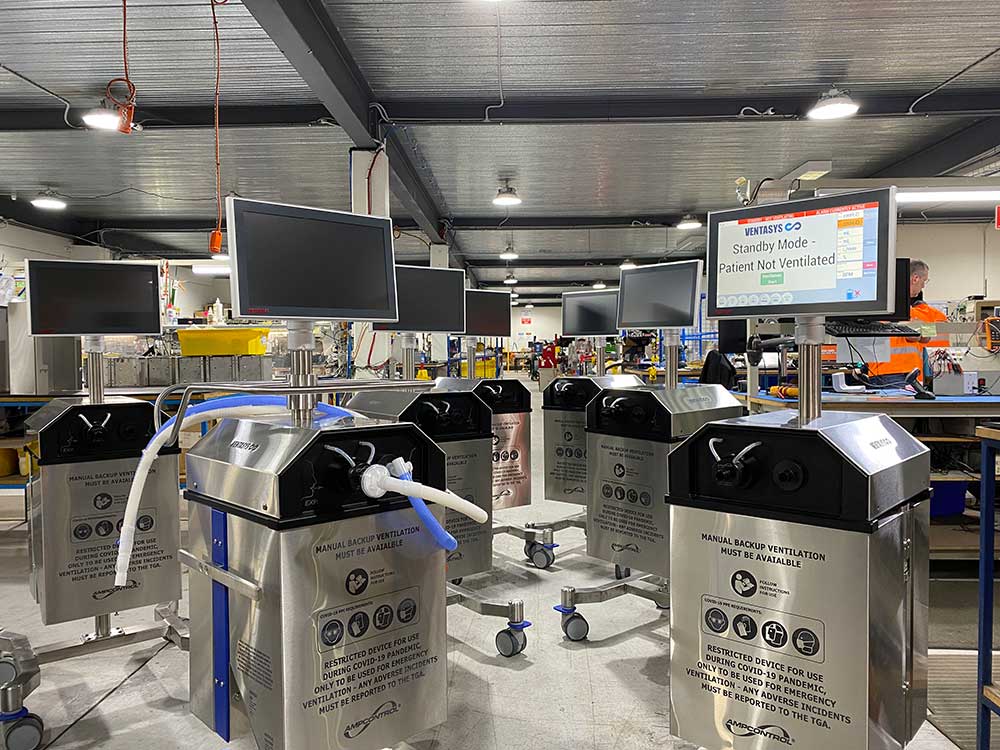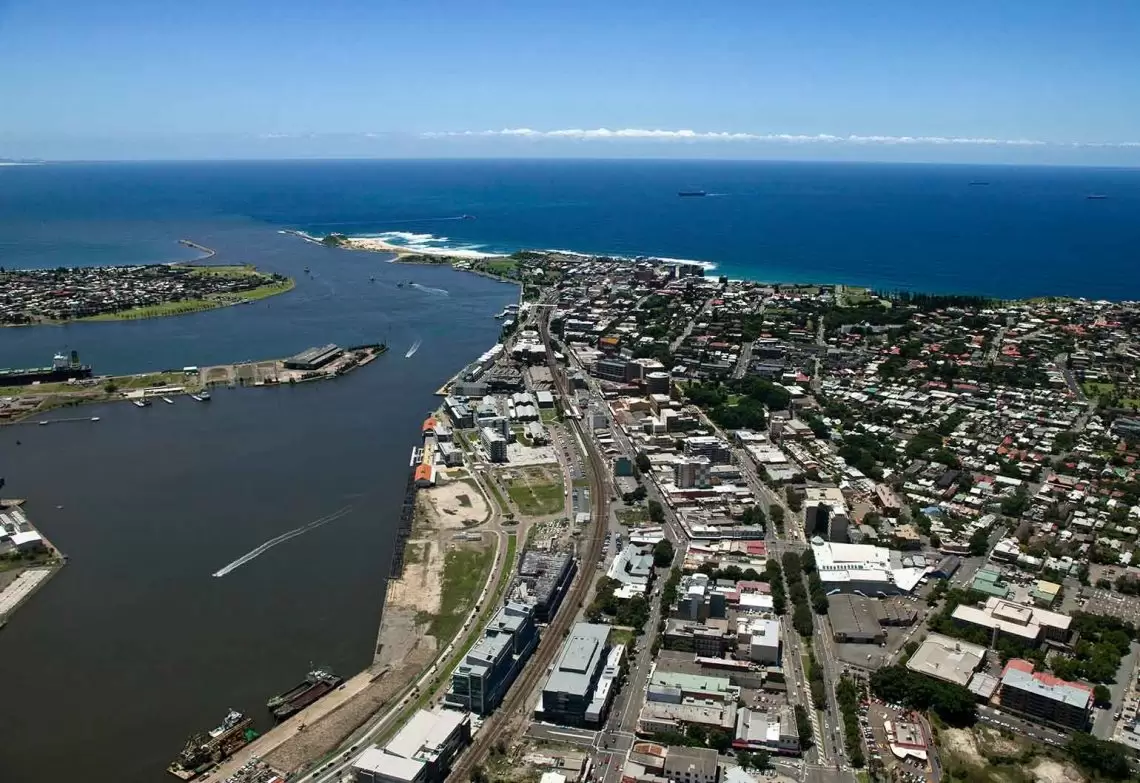New South Wales’s Hunter Region might be best known for its wine and coal, but a quiet evolution has seen growth in innovation and technology.
Home to some 660,000 residents, the region boasts the state’s largest growth corridor outside of the Sydney basin. According to Evan McHugh, author of the newly released book Reshaping the Hunter, the region has had to face many big issues head-on.
“Events like the 1989 Newcastle earthquake and the embrace of economic rationalism and globalism, leading to the closure of the BHP Steelworks, shipbuilding and other industries, were disastrous for the region on one level, but transformative of engineering on another,” he told create.
“By far the most striking aspect is the way engineers have responded to changing circumstances — those who didn’t change disappeared.”
Almost 40 years ago, the Newcastle Division of Engineers Australia’s Heritage Society published a book on the history of engineering in the region. McHugh took the wheel to release a follow-up, which will launch this week.
“It wasn’t long before we seized on the title for the book, Reshaping the Hunter,” he said. “The book that recorded the history of the region up to 1983, Shaping the Hunter, almost reads like it’s written about a different place. The landscape today is completely different, and engineering is a key element in that transformation.”
Surviving and thriving
The most striking transformation McHugh uncovered? Those who went looking for new opportunities survived, then thrived.
“The key, to a great extent, was the engineering of Newcastle Harbour,” McHugh said. “The legacy of 200 years of development has been a facility that supported steelmaking then successfully transitioned to become the largest and most efficient coal export port in the world.”
McHugh added that he was struck by the strength of engineering networks and the engineering culture of the region.
“Newcastle calls itself a city but it retains the best qualities of a big country town,” he said.
“Everyone knows everyone, and they also support each other. That was best illustrated during the crisis of the earthquake, but more recently when local companies united to produce a working ventilator in less than a month. And as a lot of engineers who’ve travelled the world to gain experience will tell you on their return, it’s a great place to live. They’ll tell you that with a fair bit of pride, because they’ve been part of making it so.”
Undoubtedly, the legacy of the BHP Steelworks looms large in the region.
“In numerous interviews it became clear that quite a few successful engineering companies owe their origins to traineeships and experience gained at the Steelworks,” McHugh said.
“That benefit also came from a number of other organisations that have since closed or been absorbed into larger companies. It’s remarkable that more than 20 years after the Steelworks closed, it’s still contributing to the success of the region.”

What surprised McHugh most in his research was the role manufacturing continues to play in the Hunter.
“It’s supposed to have died, but no-one told this region,” he said. “There’s vehicle production lines, electrical components, explosives technologies, advanced testing equipment and more.”
Rather than competing on price, McHugh said the region shows that competing in ideas will lead to success on the global stage.
“Engineering has always been about solving problems and if you can do that better than anyone else, the mousetrap aphorism applies,” he said.
“In this case, it’s better fire engines, power systems, earthing systems, blasting technologies and more.”
A new evolution
Most interesting of all, McHugh said, is the fact that the Hunter is transforming itself again.
“Already companies are homing in on opportunities in renewable energy,” he said.
“These include the world’s first commercial hydrogen battery, the creation of ‘virtual power stations’ and repurposing decommissioned power stations.
“As I put it at the end of the chapter on power, if you’re young and want to change the world, it’s worth considering a career in engineering.”
Added to that energy are the many engineers in the Hunter who want to tell its story and celebrate its successes.
McHugh said that retired Newcastle historian Rosemary Melville put his name forward to take on the project.
“It only took some basic preliminary research to find that there were some fascinating stories and themes to explore, and an opportunity to tell those stories in an engaging way,” he said.
“It helped that Engineers Australia’s Merv Lindsay and Paul Russell and I quickly established a great working rapport and they were invaluable in providing contacts, ideas and support through what became something of a marathon effort.
“Meetings every two weeks over coffee, pies and cake, also helped!”
Learn more about Engineers Australia’s new book, Reshaping the Hunter, here.



